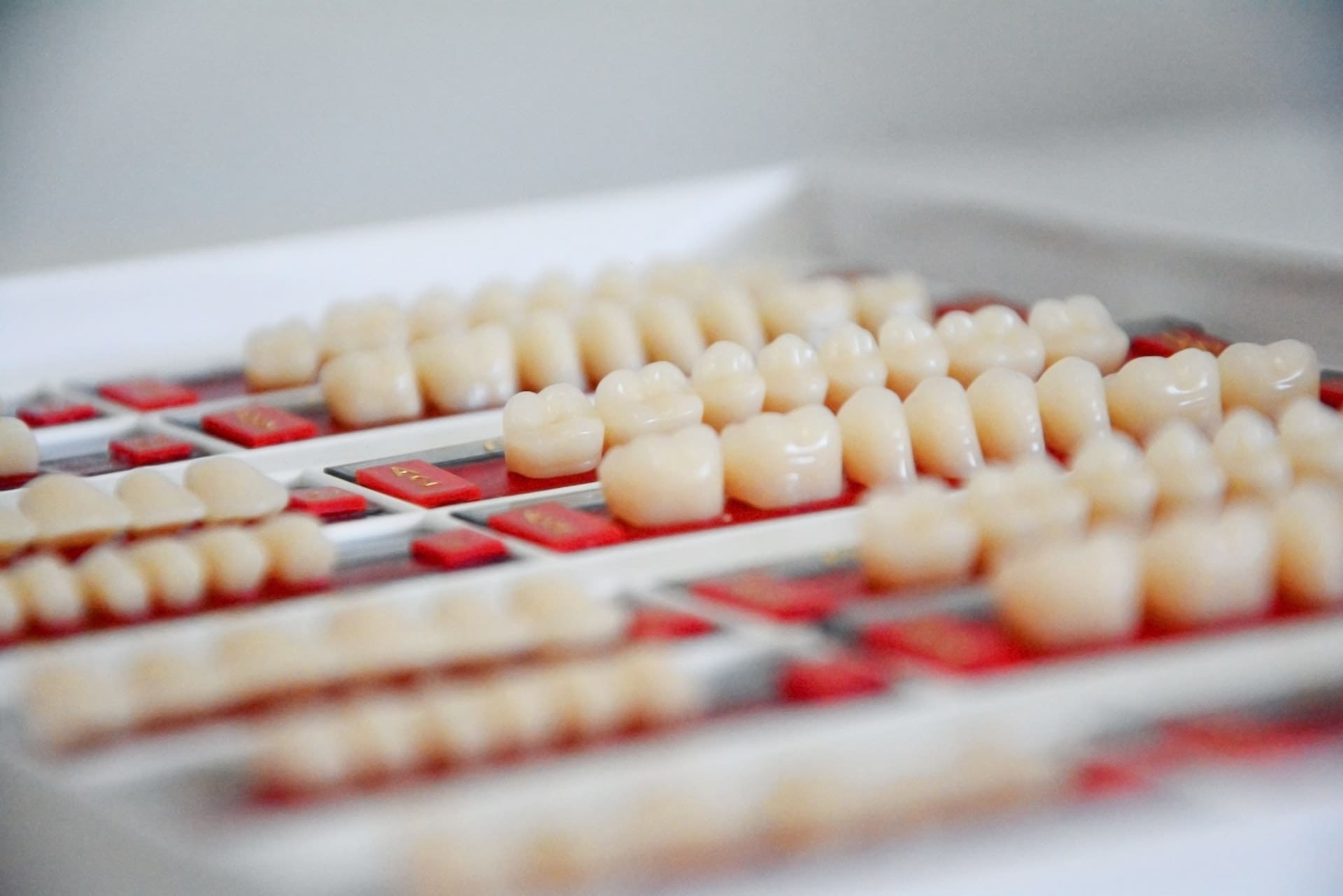Dental Care 101: The Differences between Bonding and Veneers
Many people often downplay their role, but our teeth are valuable body parts because they allow us to break down food for easier consumption. For this reason, everyone is encouraged to take care of their teeth, whether it’s by brushing or flossing. However, one can only do so much because teeth are bound to be damaged.
When teeth get damaged, we have various options for treatment and restoration. Unfortunately, not all options are created equal, so there are often debates about which is better. One example is comparing bonding and veneers, which restore teeth and work nearly the same way, albeit with a few slight differences. Few people know how they work, so we’ll discuss the details in this article.
More about Dental Bonding
Dental bonding is a treatment that uses a tooth-colored resin material that is applied to the tooth. Once the resin is applied to the tooth, it is hardened and polished, which gives it the look of a natural tooth.
Dental bonding treats chipped, cracked, or gapped teeth and can change a tooth’s shape or make it look longer. The procedure is usually done in one visit and does not require anesthesia unless used to fill a cavity. Dental bonding is also less expensive than veneers and can be done in one visit.
However, dental bonding isn’t perfect because it has its drawbacks. For one, the bonding material easily stains, meaning you have to take extra care of your teeth to keep them white. The material is also less strong than your natural tooth enamel, which can chip or crack more easily.
More about Dental Veneers
Veneers are thin pieces of porcelain that are bonded to the front of your teeth. They are used to improve the appearance of your teeth and can make them look whiter and straighter.
Veneers are usually done in two visits. The first visit is when the dentist prepares your teeth for the veneers by removing a thin layer of enamel. An impression of your teeth is then made and sent to a dental laboratory where your veneers will be made. The dentist will bond the veneers to your teeth on your second visit using a special cement. A light beam is then used to harden the cement and bond the veneers to your teeth.
Veneers are an excellent option for people who want to improve the appearance of their teeth. However, they are also more expensive than dental bonding and require more than one visit.
Which Is Better?
The best option for you depends on your needs and budget. Dental bonding is the best choice for you if you want a cheaper option. On the other hand, veneers are the best choice if you’re looking for a more durable and long-lasting option.
When to Get Dental Bonding
Dental bonding helps correct minor imperfections in your teeth. It can fix chipped teeth, cracked teeth, and discoloration. It’s also used to close gaps between your teeth.
However, it’s also worth noting that dental bonding is less durable than veneers. It only lasts for about 3 to 5 years, and you will need to have it replaced after that.
When to Get Veneers
On the other hand, veneers are the best choice if you are looking for a more durable and long-lasting option. Veneers are also more resistant to staining. They can last for about 10 to 15 years.
However, as mentioned, veneers are more expensive than dental bonding. They can cost anywhere from $500 to $1,500 per tooth, so you have to budget for it. You can ask your insurance provider if it’s covered to minimize your payments.
Conclusion
Dental bonding and veneers are effective treatments for your teeth, but you should know which is more appropriate. Since they have different benefits, you can choose the one that best addresses your needs. When you do, your teeth will be healthier and function better.
If you’re looking for veneers in Weymouth, Weymouth Dental Arts can help you! We understand the value of oral health, so we provide solutions to ensure you get the best dental care possible. Visit our website today to schedule an appointment!

